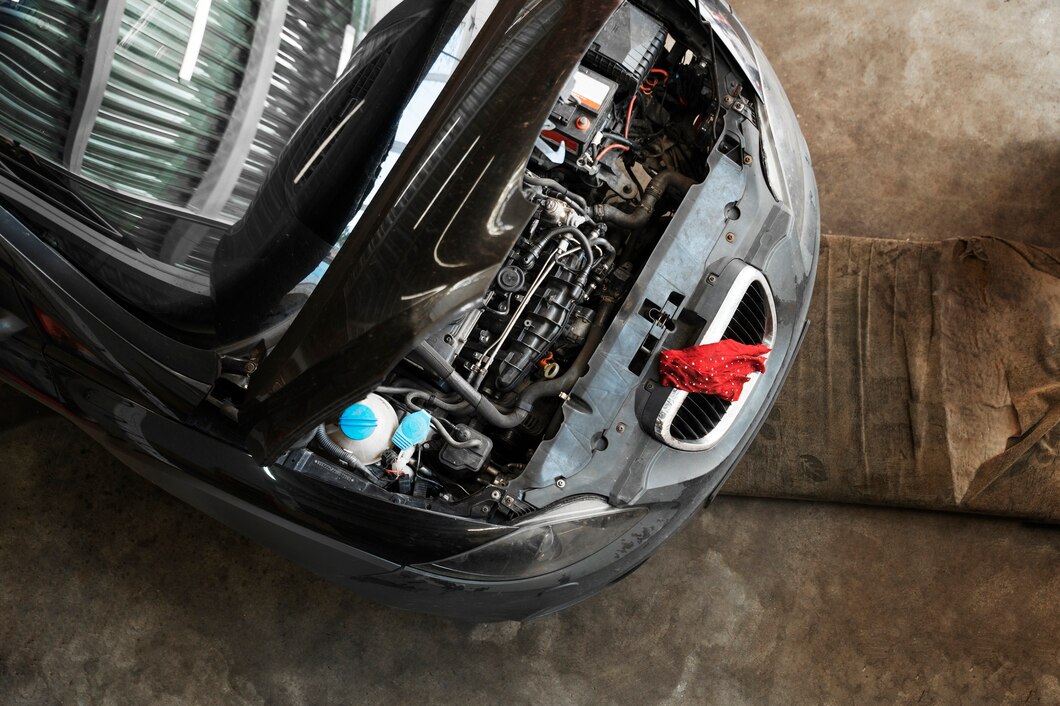The drive belt, also known as the serpentine belt or accessory belt, plays a crucial role in the operation of your vehicle’s engine. It powers essential components such as the alternator, power steering pump, water pump, and air conditioning compressor. Over time, the drive belt can wear out and lose its effectiveness, leading to potential mechanical issues. Recognizing the early signs of drive belt failure can prevent more significant problems and ensure the smooth operation of your vehicle. Here are some indicators that your car’s drive belt may need replacement:
1. Squealing Noise
One of the most common early signs of a failing drive belt is a high-pitched squealing noise coming from the engine area. This noise typically occurs when the belt slips or encounters excessive friction due to wear. The squealing may intensify during acceleration or when turning on accessories like the air conditioner or power steering.
2. Visible Wear or Cracks
Inspect the drive belt visually for signs of wear, cracks, or fraying. Over time, the rubber material of the belt can deteriorate due to exposure to heat, moisture, and mechanical stress. Check for any visible damage along the length of the belt, including cracks on the grooved underside. If you notice significant wear or damage, it’s time to replace the belt.
3. Belt Tension
The drive belt should have proper tension to function effectively. If the belt feels loose or has excessive slack, it may be stretched beyond its optimal tension. A loose belt can cause inefficient operation of the accessory components it drives, leading to decreased performance and potential overheating.
4. Accessory Component Failure
A failing drive belt can directly affect the operation of accessory components powered by it. If you experience issues such as dimming headlights, difficulty steering, overheating, or a malfunctioning air conditioning system, it could be due to a failing drive belt. These symptoms may indicate that the affected components are not receiving sufficient power from the belt.
5. Belt Misalignment
A drive belt should run smoothly along its designated path without any misalignment. If you notice that the belt is not aligned correctly or appears to be slipping off pulleys, it could be a sign of tensioner or pulley wear. Misalignment can cause premature wear on the belt and increase the risk of failure.
6. Burning Smell
A burning smell emanating from the engine compartment could indicate that the drive belt is slipping or overheating. Friction between the belt and pulleys generates heat, and if the belt is worn or damaged, it may produce a burning odor. Continued operation with a slipping belt can lead to further damage to the belt and other engine components.
7. Engine Overheating
Since the drive belt powers the water pump, a malfunctioning belt can result in inadequate coolant circulation and engine overheating. If your vehicle’s temperature gauge indicates overheating or if you notice steam coming from the engine bay, it’s essential to inspect the drive belt and associated components promptly.
Regular inspection and maintenance of your car’s drive belt are essential for ensuring the reliable operation of your vehicle. If you notice any of the early signs mentioned above, it’s recommended to have the belt inspected by a qualified mechanic and replaced if necessary. By addressing drive belt issues early, you can avoid costly repairs and potential breakdowns while prolonging the life of your vehicle. Remember, prevention is always better than cure when it comes to maintaining your car’s performance and reliability.











